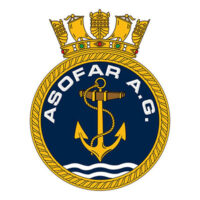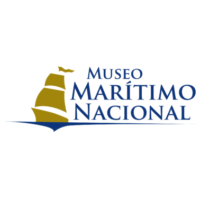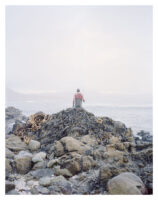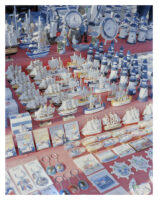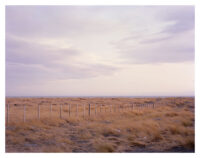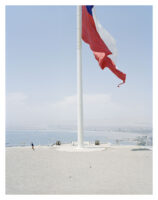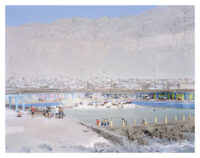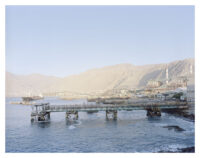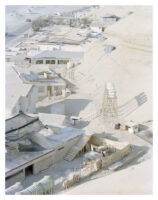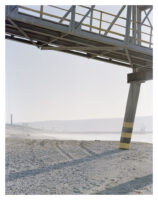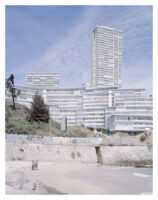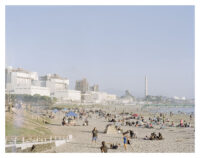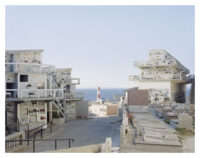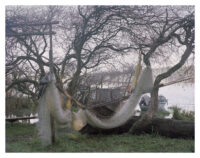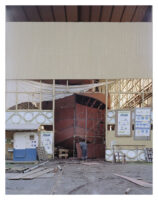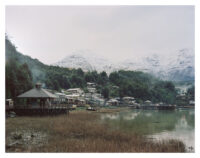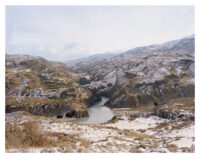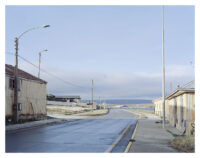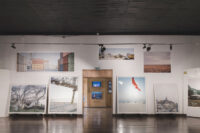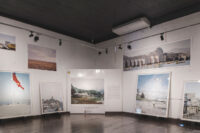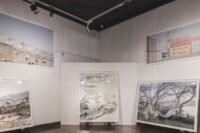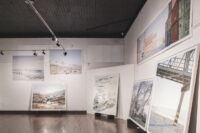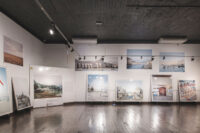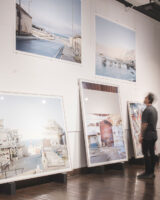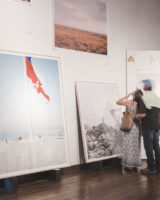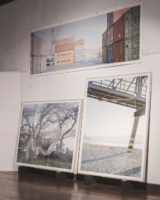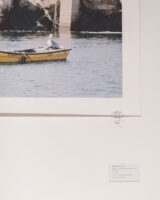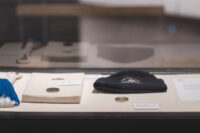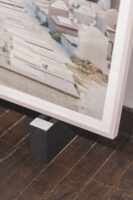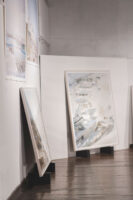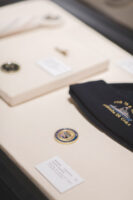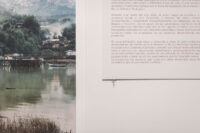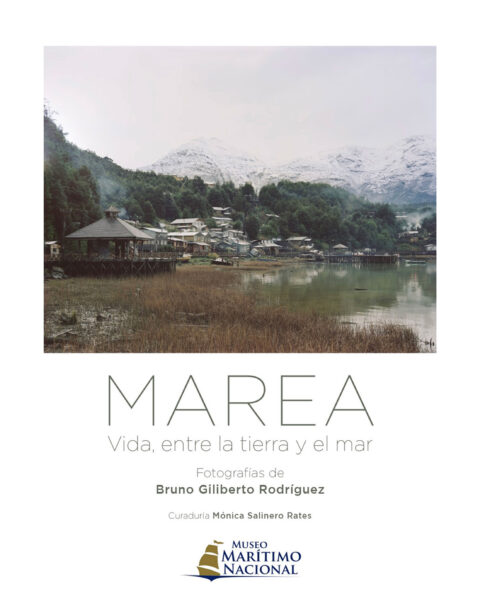
It is the vertical movement that affects the masses of water on the surface of the planet due to the gravitational attraction exerted by stars such as the sun (large mass), the moon (proximity) and others that swarm in the universe; coupled with the rotation of the earth on its axis and around the sun, the moon around the planet, shows an alternation that can be seen in the coastal edge as a coming and going of the waters, generating a very relevant concept: The beach, which is defined as the space between high tide and low tide, even though it is legally defined on the basis of the most distant place that the waves reach between these high and low tides, even beyond the syzygies (caused monthly by the moon) and the equinoxes (biannual).
The coastal edge, for many is that space that makes up the interface between land and sea, its axis would undoubtedly be the beach, but life around it is much more interesting, as it amalgamates aquatic and terrestrial activities that are interdependent, activities that are incorporated into the ecosystemic concept, however, it is that same activity that leads to many of the same activities, it is this same activity that leads many people to choose this space as their habitat, with its respective constructions and vessels, suitable for different types of life, that has been observed, analysed, embraced and finally captured by the lens of the architect by profession and photographer by hobby, Bruno Giliberto Rodríguez.
During a large part of the year 2023, the author, after planning and organising his journey, began from the Concordia lighthouse to travel the Chilean coastal areas, looking, sharing and photographically recording his findings, which reached as far as the Beagle and Navarino, with the support of the local maritime authorities and in general of the community that inhabited each of the places visited. The results were many photographs captured with their special machines and then selected, choosing the ones that best fulfilled the purposes of their project, developing the ones that are present here today.
In this exhibition, which follows and precedes others, the author intends to disseminate and share background information of interest for the development of national maritime awareness, which he wishes to encourage visitors to know and perceive in greater depth various aspects of life around the sea, visually and artistically observing the scenarios, which, beyond the snapshot captured, contain a plethora of elements that challenge us to broaden our thinking and bring out the feelings that the photograph evokes, and then suggest the actions that everyone should take to ratify that Chile is aware that it is a maritime nation.
